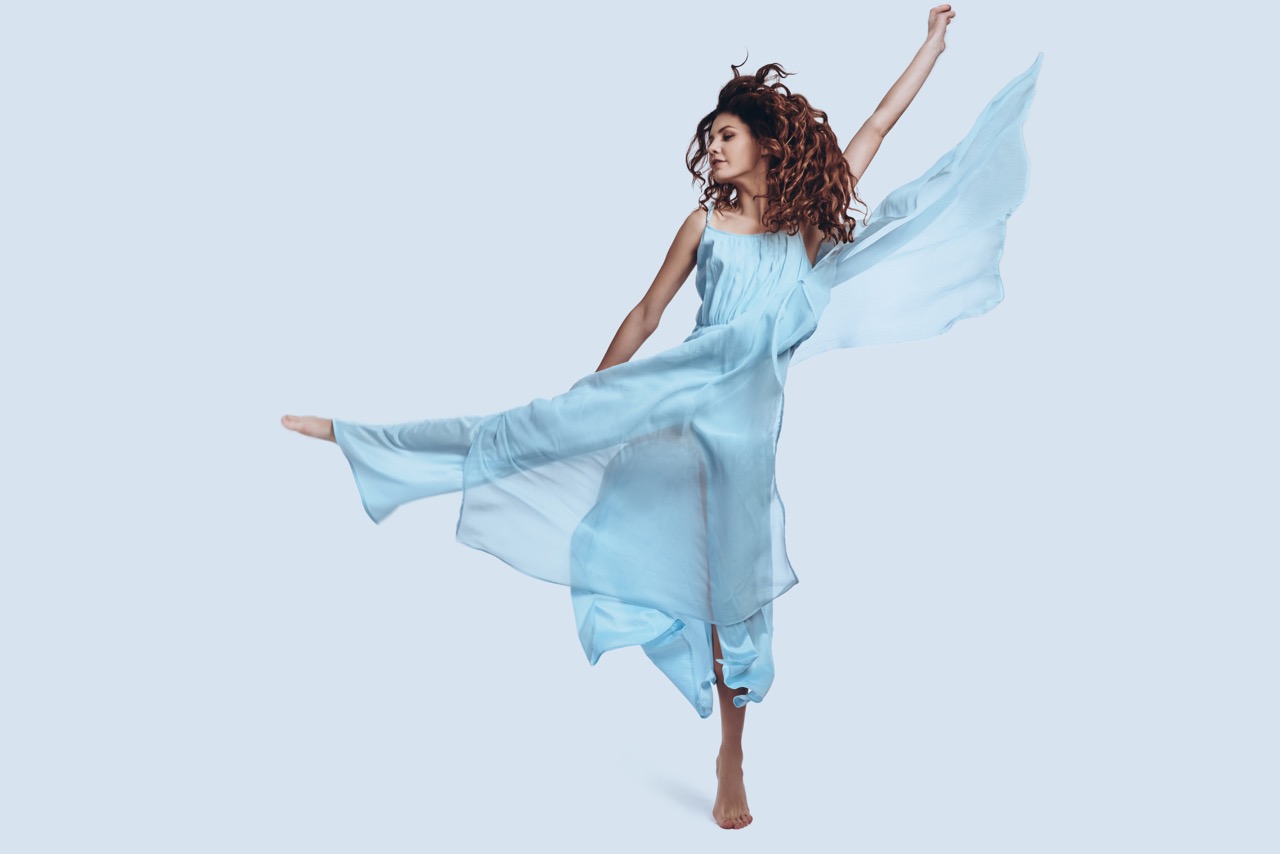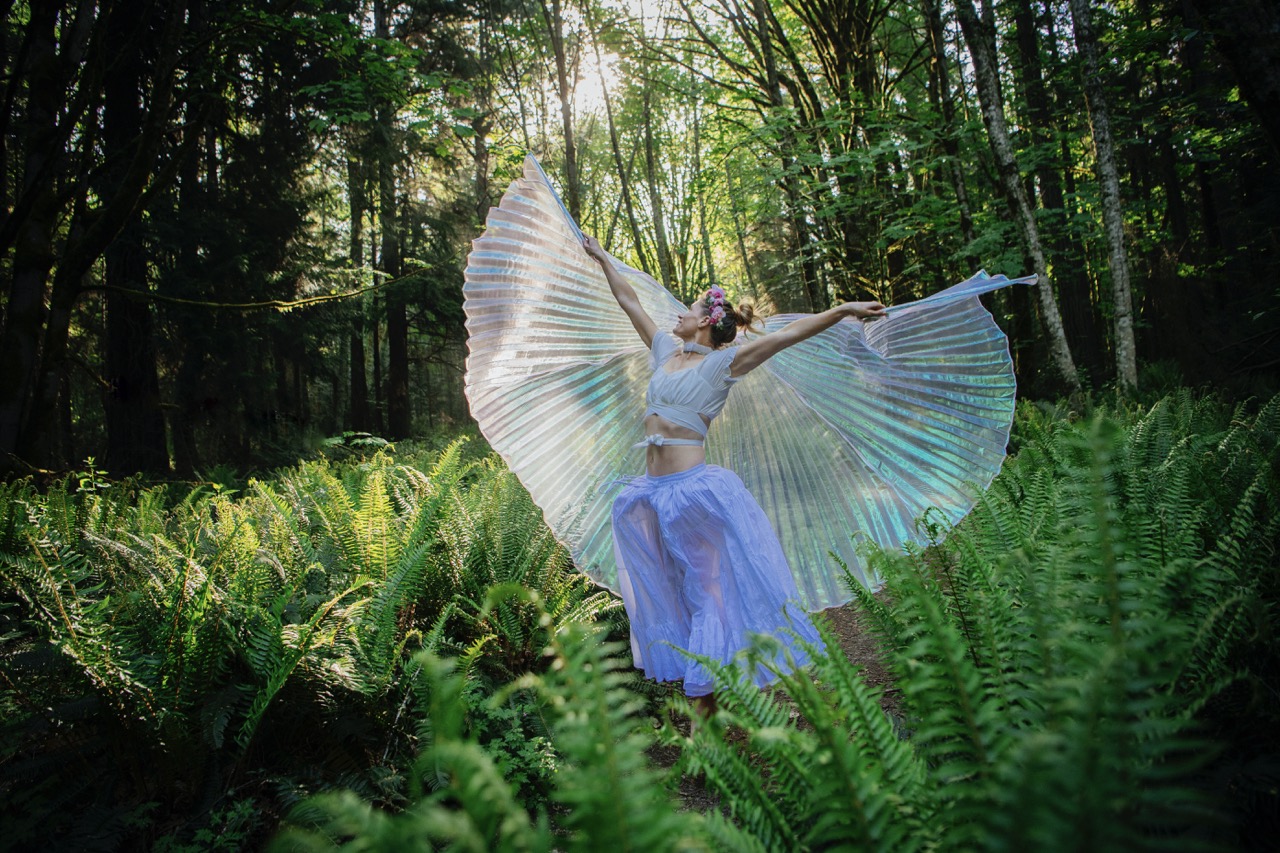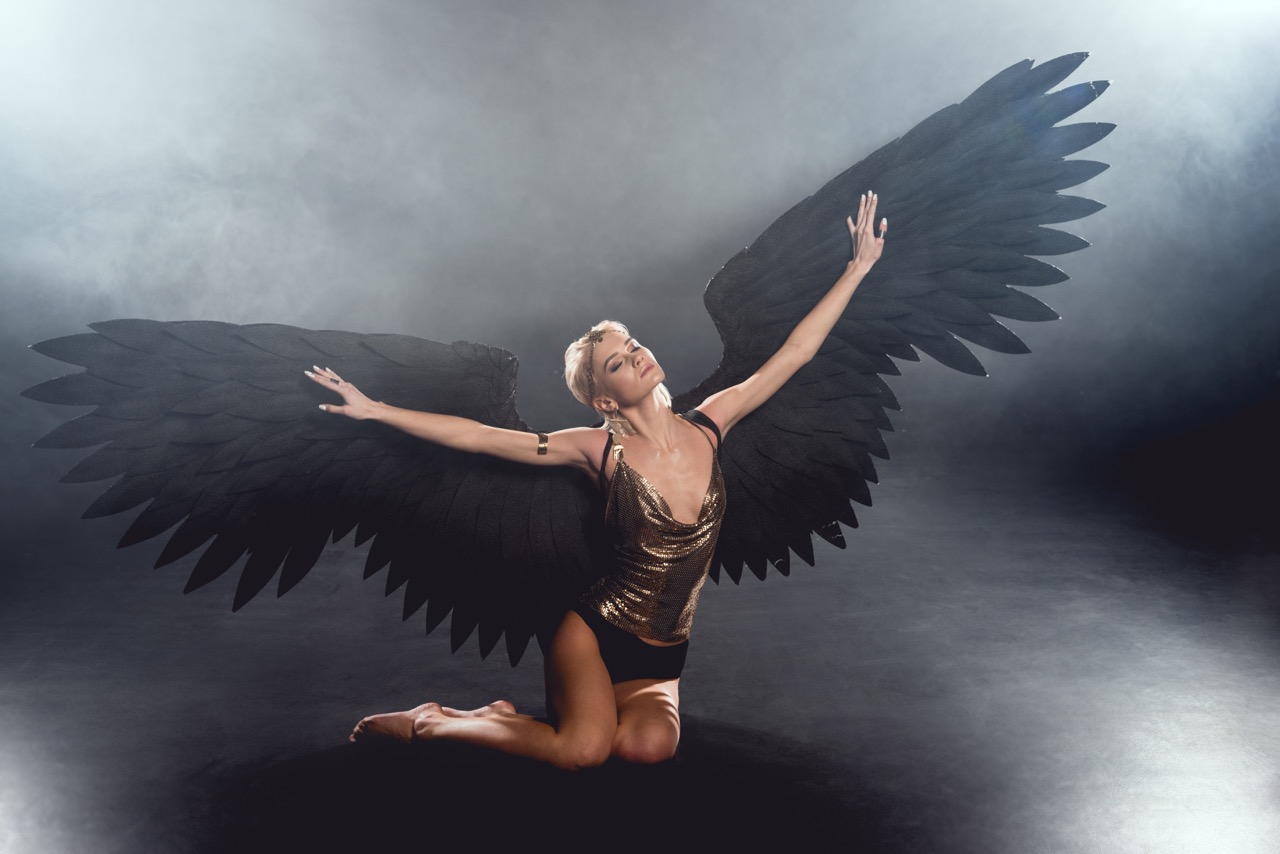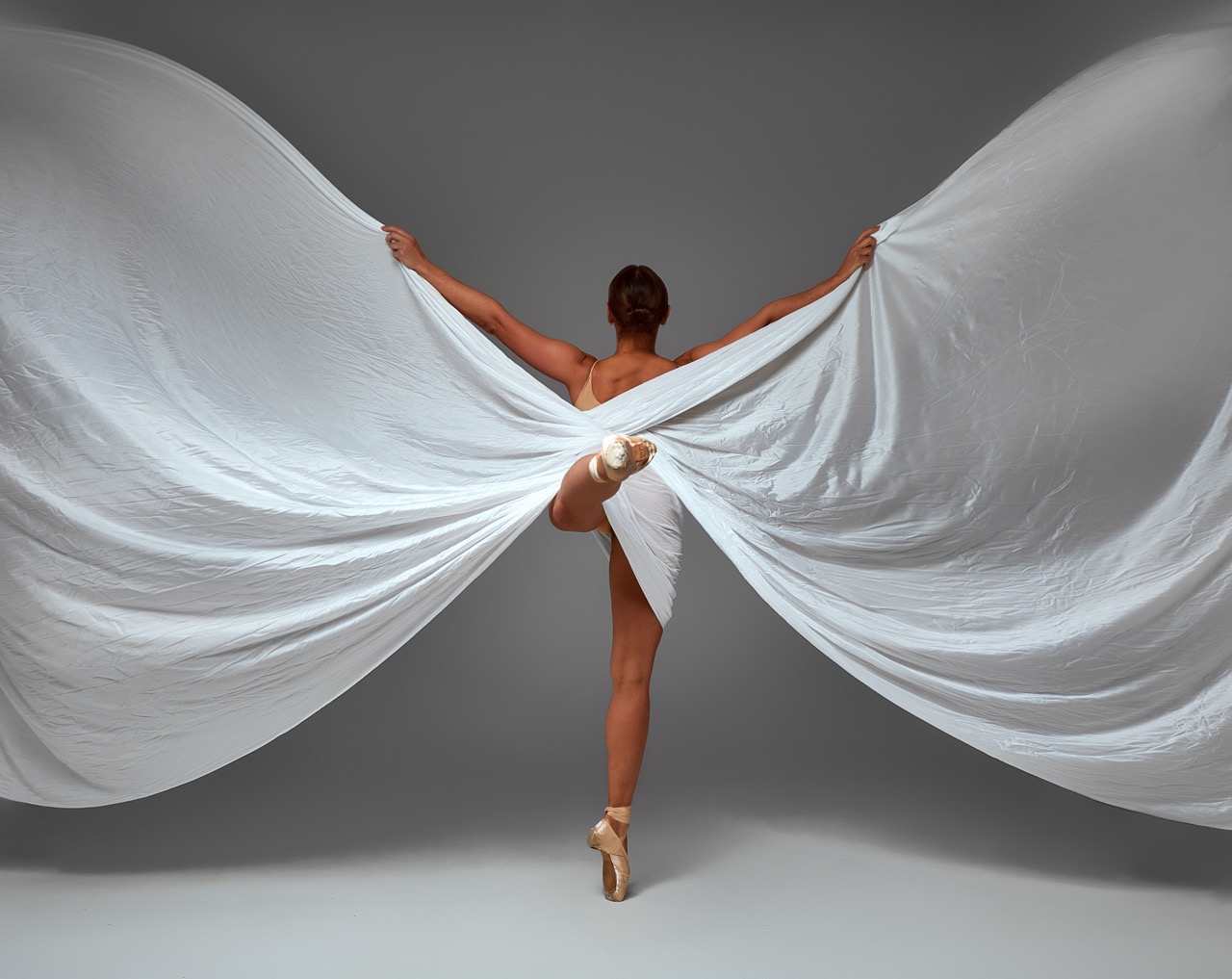Dance is not just a mode of expression but a form of storytelling that transcends words. In the world of dance, every element of performance—from choreography to costumes—plays a pivotal role in conveying emotions and narratives. Among the myriad of costumes that dancers wear, dance wings stand out as a transformative accessory, adding dimension, grace, and drama to the performance. This article delves into the intricate process of designing dance wings, exploring their artistic creation, the delicate balance of aesthetics and functionality, the importance of material selection, and the overarching goal of enhancing the dancer’s experience.
The Art of Movement: Crafting Dance Wings for Elegance
Creating dance wings is an art form in itself, one that requires a deep understanding of movement and the human body. Designers often begin with a vision, drawing inspiration from various sources, such as nature, mythology, and cultural traditions. The shape and size of the wings must harmonize with the dancer’s movements, allowing for fluid transitions and dramatic flourishes that captivate the audience. Each curve and angle is meticulously considered to ensure that the wings amplify the dancer’s performance without overshadowing their individuality.
The crafting process involves sketching designs and selecting colors that evoke specific emotions or themes. Bright hues can symbolize joy and energy, while muted tones may convey introspection or melancholy. Designers collaborate closely with dancers to test prototypes, ensuring the wings not only look stunning but also enhance the storytelling aspect of their movement. This dynamic exchange of ideas leads to unique creations that reflect the dancer’s personal style and the overall narrative of the performance.
Ultimately, the elegance of dance wings lies in their ability to transform a simple performance into an enchanting spectacle. When designed thoughtfully, they can create a breathtaking visual display that elevates the dance, allowing the audience to be fully immersed in the experience. In this way, the art of crafting dance wings intertwines with the dancer’s journey, providing an essential tool for expression and storytelling.
Balancing Beauty and Function: Design Principles Explored
The interplay between beauty and functionality is crucial in the design of dance wings. While the aesthetic appeal is paramount, wings must also be practical, allowing dancers to move freely without constraint. Designers often consider the weight and structure of the wings, ensuring they remain lightweight yet resilient. This balance is essential; wings that are too heavy can hinder performance, while poorly constructed wings may not withstand the rigorous demands of a live show.
One fundamental design principle is symmetry and proportion. Wings that are proportionate to the dancer’s body enhance their movements, creating a cohesive visual that resonates with the audience. Designers often experiment with asymmetrical designs to add intrigue and dynamism. Additionally, the attachment mechanism must be secure yet unobtrusive, allowing dancers to don and remove the wings swiftly between performances while ensuring they won’t unexpectedly detach during a critical moment on stage.
Further, versatility is a key aspect of modern dance wing design. Many designers create wings that can be adjusted or transformed to suit different styles or themes, providing dancers with the flexibility to adapt their look. This adaptability not only enriches the performance but also offers a more sustainable approach to costuming, reducing the need for multiple pairs of wings. By harmonizing beauty and function, designers create wings that elevate the overall performance without compromising the dancer’s comfort and movement.
Materials Matter: Choosing the Right Fabrics for Comfort
When it comes to dance wings, the choice of materials is paramount for ensuring both comfort and performance. Lightweight fabrics such as chiffon, organza, and silk are popular choices due to their sheer quality and fluid drape. These materials create an ethereal effect, allowing the wings to catch the light and flow gracefully with the dancer’s movements. Moreover, breathable fabrics prevent overheating during intense performances, contributing to the overall comfort of the dancer.
Durability is another essential consideration. Dance wings need to withstand rigorous performances and various environmental conditions, such as stage lights and humidity. Fabrics with a slight stretch can enhance mobility, while reinforced seams and edges ensure the wings remain intact through repeated use. Designers often incorporate elements like hidden weights or wires, strategically placed to provide structure without compromising the softness and elegance of the design.
In addition to functional attributes, designers are increasingly mindful of the environmental impact of their material choices. Sustainable fabrics, such as organic cotton or recycled polyester, are becoming more prevalent in the dance world. This shift not only addresses ecological concerns but also resonates with socially conscious dancers who value ethical production practices. By prioritizing both comfort and sustainability, designers can create wings that enhance the dancer’s experience while aligning with contemporary values.
Performance-Driven Designs: Enhancing Dancer Experience
At the heart of dance wing design lies the goal of enhancing the dancer’s experience. A well-designed pair of wings should empower the dancer, providing them with the confidence to express themselves fully on stage. This empowerment is achieved through thoughtful design that allows for seamless integration with the dancer’s movements, resulting in a cohesive and captivating performance. When dancers feel comfortable and supported by their costumes, they can focus on their artistry without distraction.
Moreover, the psychological aspect of performing in wings cannot be understated. Their presence can evoke feelings of grandeur and transformation, allowing dancers to embody their characters more fully. Designers often conduct workshops and feedback sessions with performers to understand the emotional and physical impact of the wings, ensuring that every aspect of the design contributes positively to the overall experience. This collaborative process fosters a sense of ownership and connection between the dancers and their costumes.
Finally, the impact of dance wings extends beyond the performance itself. They often serve as a source of inspiration for choreographers, pushing the boundaries of creativity and innovation in dance. The visual spectacle created by wings can spark new ideas and concepts, encouraging dancers and choreographers to explore fresh narratives and forms of expression. In this way, performance-driven designs not only enhance the dancer’s experience but also contribute to the evolving art of dance as a whole.
The design of dance wings is a fascinating blend of art, function, and innovation, representing a pivotal aspect of dance performance. From the initial concept to the final creation, every detail is meticulously crafted to ensure that the wings not only enhance the visual appeal but also support the dancer’s movement and expression. By understanding the delicate balance between beauty and function, designers can create wings that are not only stunning but also comfortable, sustainable, and empowering. As dance continues to evolve, so too will the artistry behind these captivating accessories, inspiring dancers to soar to new heights in their performances.










